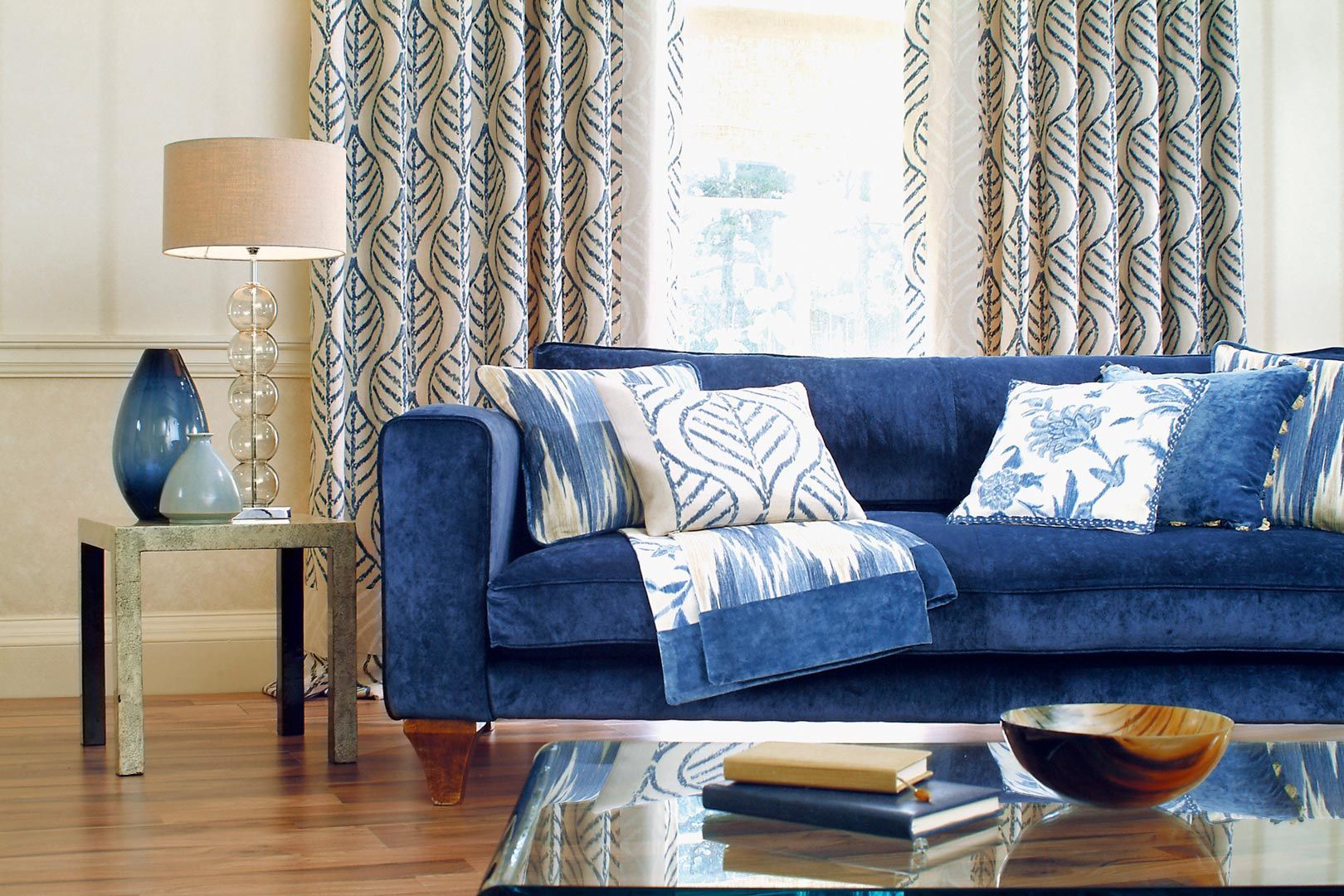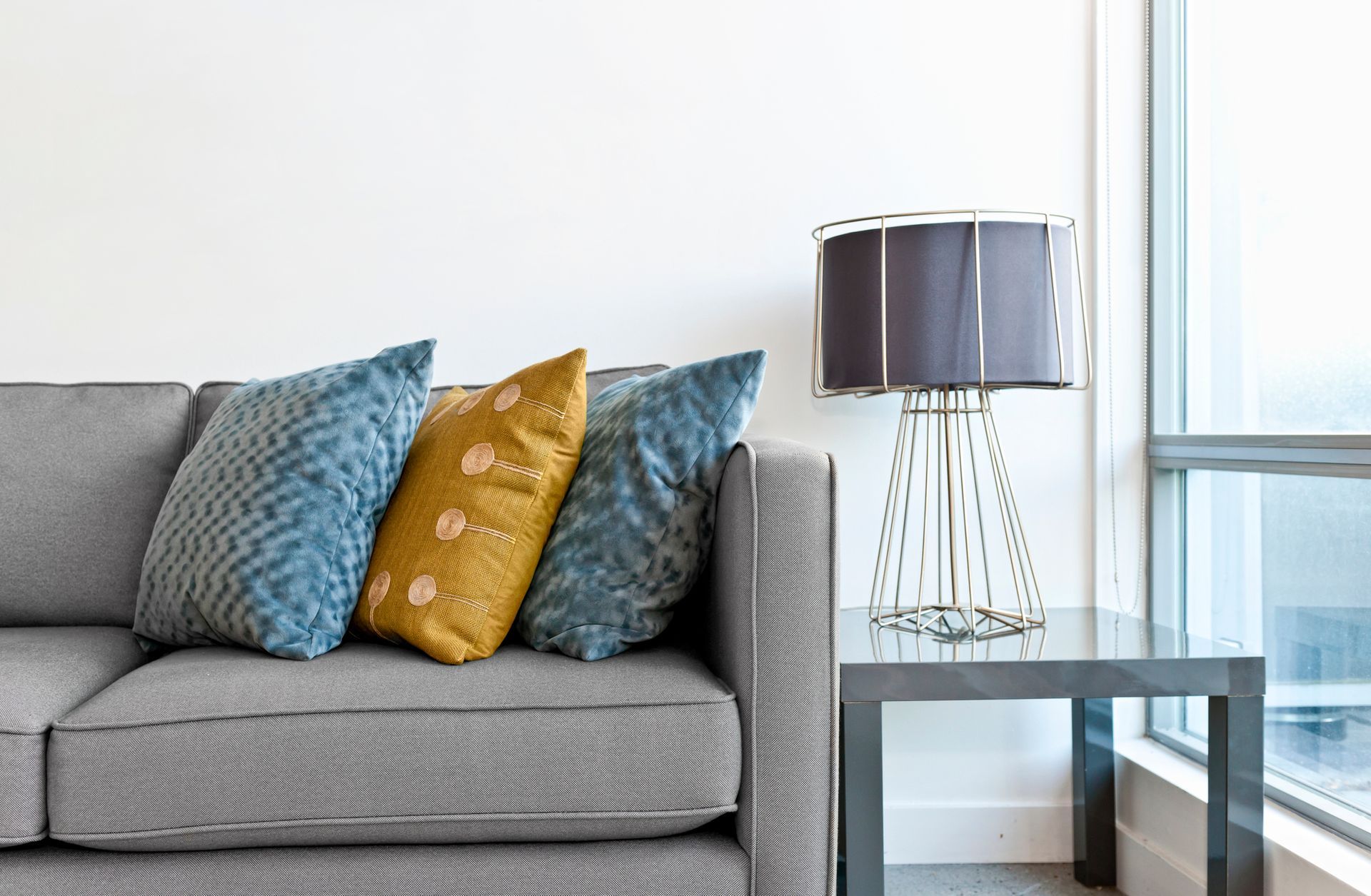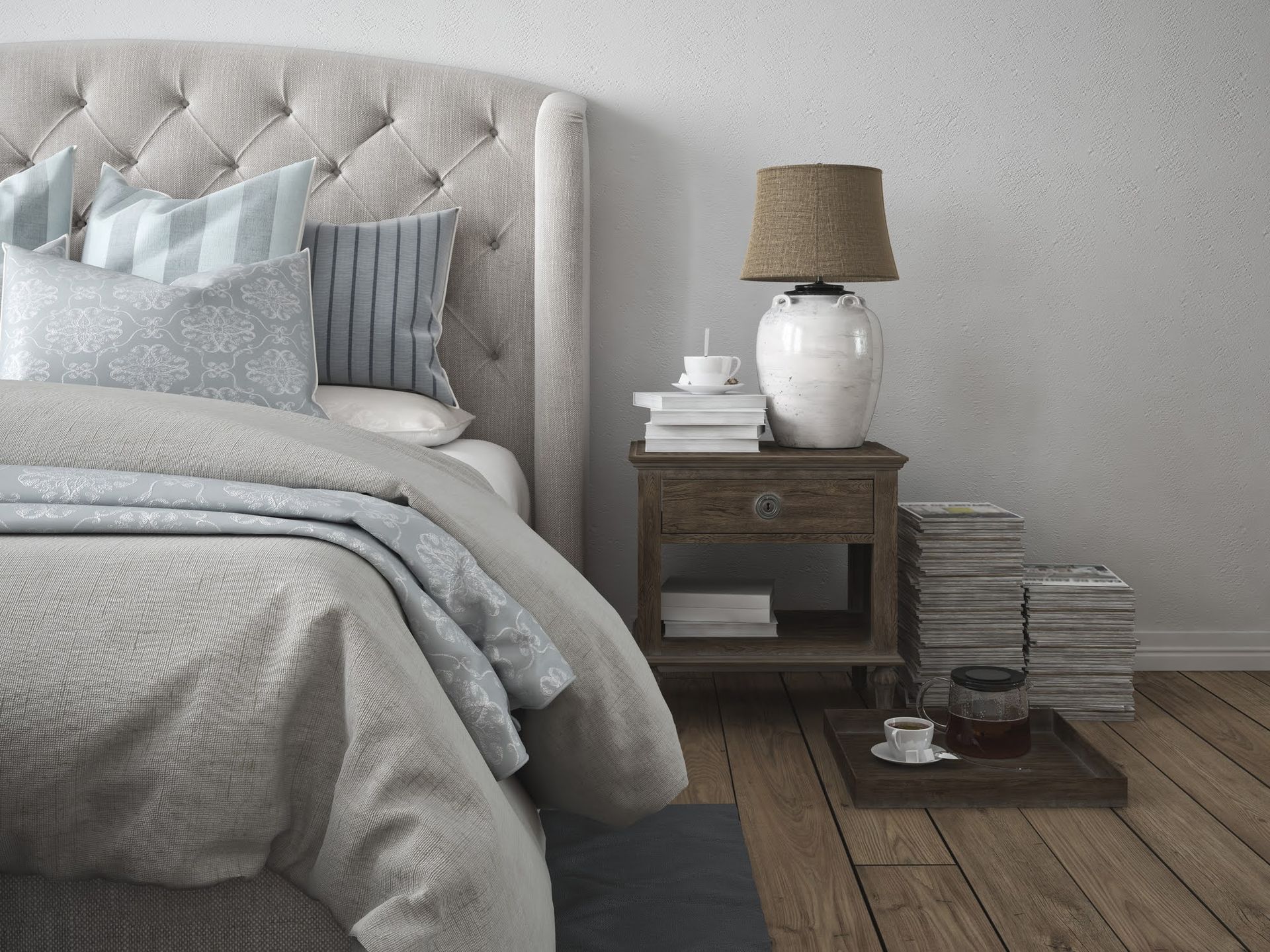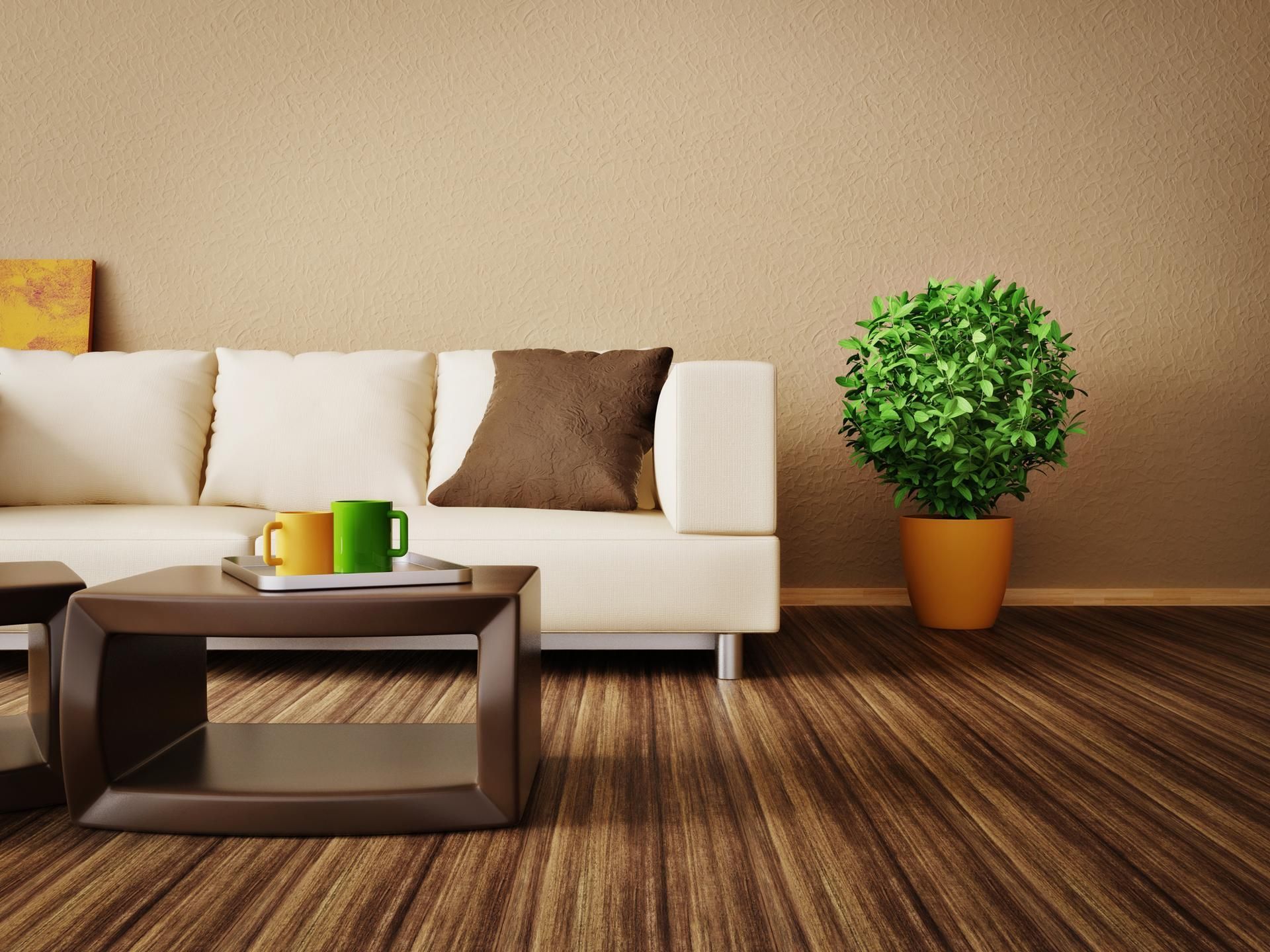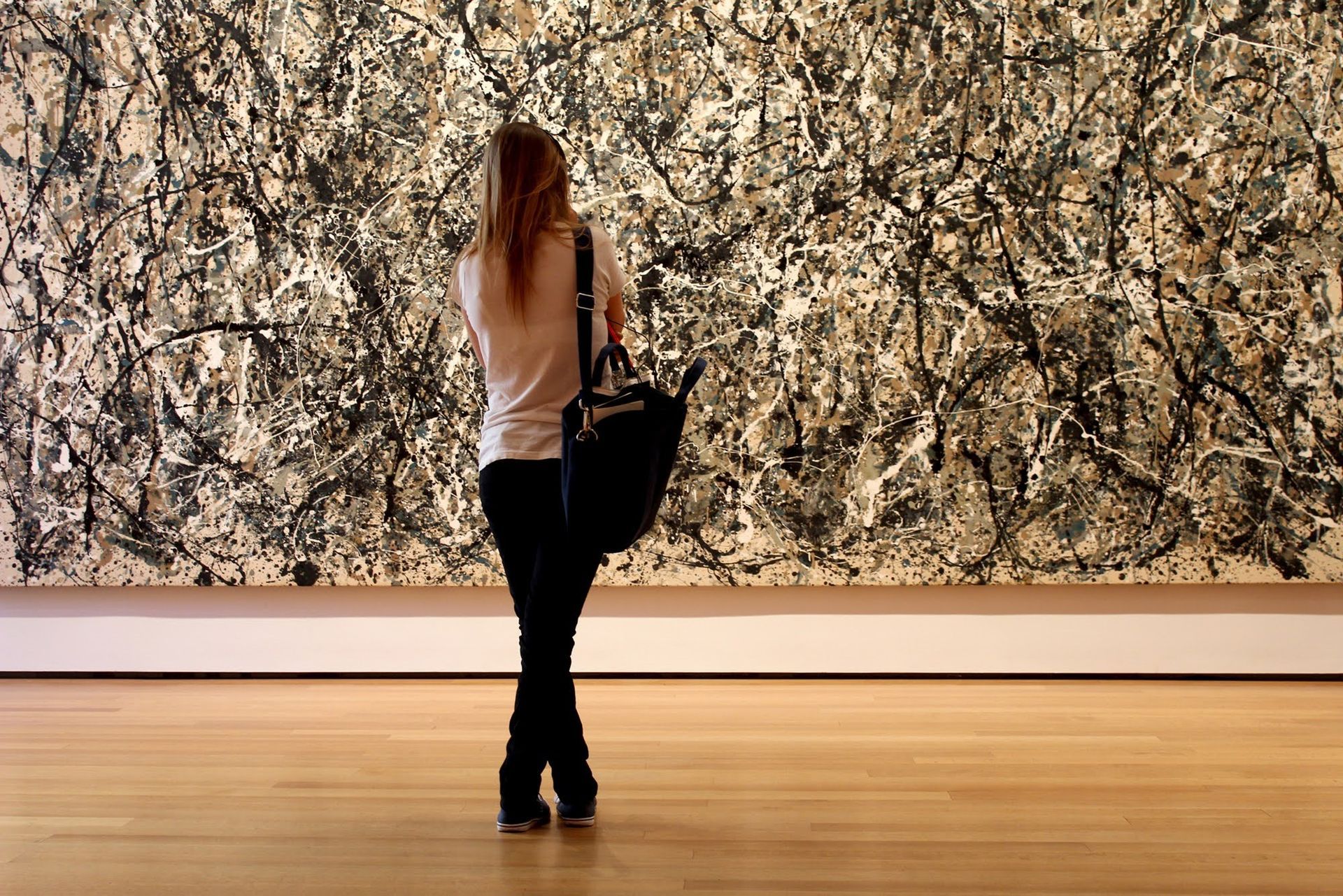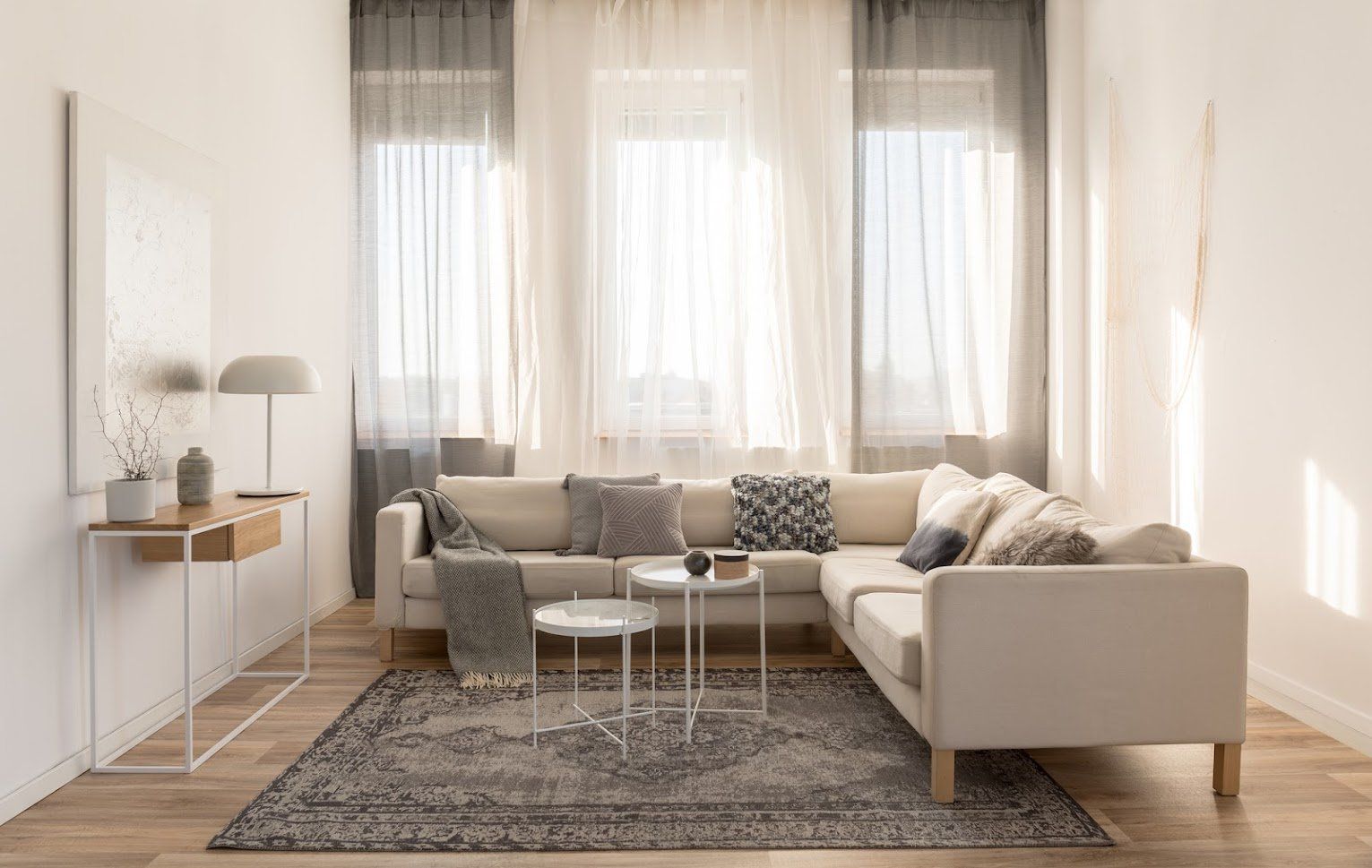The Intersection Of Art And Interior Design: A Guide To Elevating Your Space
Art is not just a statement piece; it's a dialogue between space, form, and personal expression. Integrating art into your interior design scheme can transform a simple room into a sophisticated gallery of your own curation. This article unfolds the secrets to using art effectively in your interior design, providing a walkthrough of methods to create an inspired space that speaks volumes about its inhabitants.
Understanding the Role of Art in Interiors
Art in interior design goes beyond mere decoration. It serves as the heartbeat of a room, animating the walls and influencing the atmosphere with its presence. To understand the role of art is to perceive a room as a canvas where furniture placement, color schemes, and lighting accentuate the masterpieces on display.
Choosing the Right Pieces
Selecting the correct artwork is instrumental in creating harmony within your living space. Consider the scale of your room and the existing decor when sourcing pieces. Oversized paintings can command attention in expansive rooms, while a collection of smaller works might suit more intimate settings. The tone, texture, and palette of the artwork must align with the overall mood––be it serene, dramatic, or effervescent.
Balancing Colors and Themes
A sophisticated approach to interior design with art considers the balance of colors and themes. Complementary hues can create a sense of unity while contrasting colors can introduce dynamic tension. Additionally, artwork can serve as a foundation for a room's color palette, inspiring selections for textiles and accessories.
Placing Art Strategically
The placement of artwork within a room is a deliberate choice that can either illuminate a room's strengths or inadvertently reveal its weaknesses. Elevate the visual appeal of your design by positioning art at eye level and in relation to furniture, ensuring it becomes an integral part of the room's architecture.
Lighting Artwork
Thoughtful illumination emphasizes the qualities of the artwork, enhancing its visibility and colors. Directional lights, picture lights, or ambient lighting from sophisticated fixtures can be employed to spotlight the art, ensuring it radiates its full potential.
Mixing Media and Textures
Design connoisseurs know the power of mixing media and textures in their spaces. A blend of paintings, sculptures, and textile art can introduce varied dimensions to a room. This interplay of different art forms adds depth and richness, inviting viewers to engage with space in a multisensory experience.
Cohesion Through Style
Although eclectic collections have their charm, there is elegance in cohesion. Whether your preference leans towards minimalism or maximalism, transitional or contemporary, the art selected should reflect the style and narrative of your design vision. This alignment ensures that each piece converses with the others, creating a seamless aesthetic experience.
Reflecting the Occupants
Ultimately, art in interior design serves as a reflection of the occupants' tastes and stories. Art chosen should speak to personal experiences, travel adventures, or aesthetic inclinations. This personal connection imbues the space with authenticity and soul.
Art occupies a central role in interior design, offering myriad possibilities to enhance an individual's living environment. It requires a deliberate and discerning eye to integrate artistic elements effectively, balancing aesthetics with personal resonance. For enthusiasts of design who take on this creative endeavor, the reward is a living space that transcends the ordinary, becoming a testament to beauty and expression.
Incorporating art into the home is an endeavor that redefines spaces, instills them with character, and celebrates the fusion of artistic finesse with interior elegance. As you curate and arrange art within your interiors, you open up a world where your rooms are not just spaces to dwell but galleries that tell the tales of your aesthetic journey.
Contact us for interior design help.



